Niner
TPF Noob!
- Joined
- Aug 4, 2014
- Messages
- 43
- Reaction score
- 24
- Location
- Mobile Alabama
- Can others edit my Photos
- Photos OK to edit
I have a couple of old cameras without meters...because they didn't have them back in the day. A Ciro-flex 120 film DLR and an Argus "brick" and a couple of old Kodak folders. I took a chance on a couple of old meters. The best one, from directions I found online, is the GE Type Pr-1. Only it works on selenium, or something like that, and it has lost it's power over the years. Another...can't find at the moment... worked on batteries, in theory. But that wasn't happening now.
Are there any "cheap" light meters made for photography? I know there are plenty of light meters made for measuring light for some other purpose that are cheap, but all photographic instruments seem to be worth more than the cameras I want to use them with. I don't want to spend $150 for a meter to make picture taking with a $25 camera more exact.
I've been reduced to taking along a Pentax K1000 and using it's light meter to get an idea for camera settings on the old Ciro-flex. And.. I know about the Sunny 16 rule. I just want something that works for cheap.
Any suggestions.
Are there any "cheap" light meters made for photography? I know there are plenty of light meters made for measuring light for some other purpose that are cheap, but all photographic instruments seem to be worth more than the cameras I want to use them with. I don't want to spend $150 for a meter to make picture taking with a $25 camera more exact.
I've been reduced to taking along a Pentax K1000 and using it's light meter to get an idea for camera settings on the old Ciro-flex. And.. I know about the Sunny 16 rule. I just want something that works for cheap.
Any suggestions.


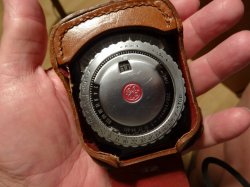
 It's still working perfectly though.
It's still working perfectly though.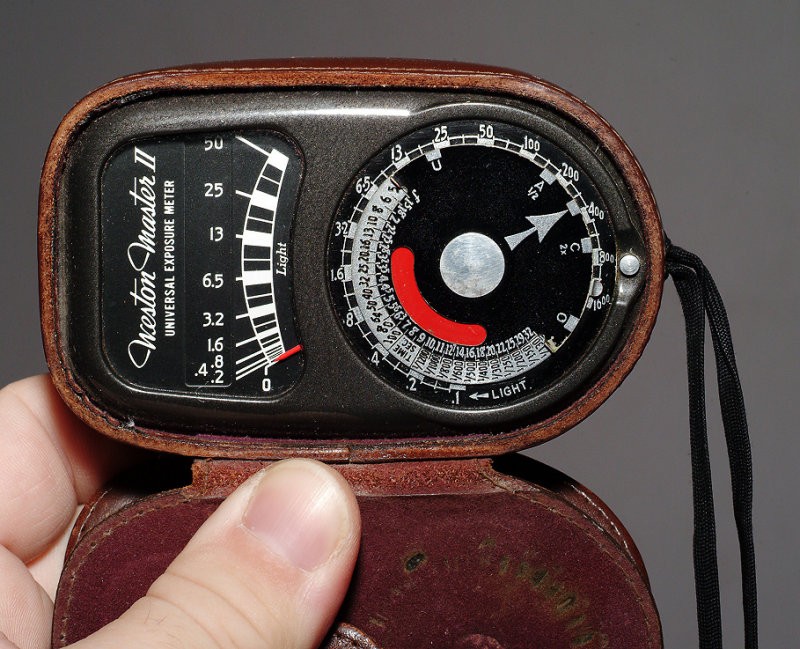


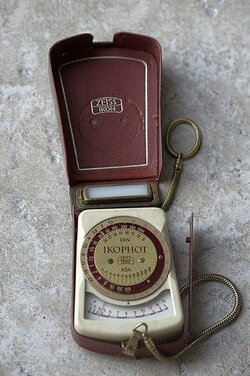
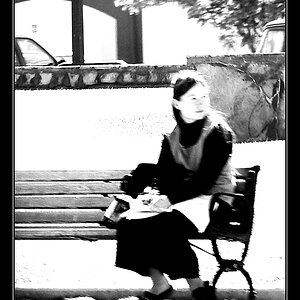
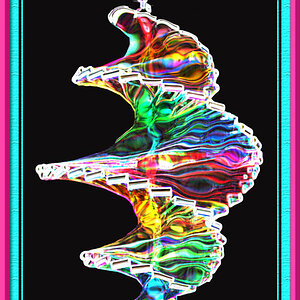
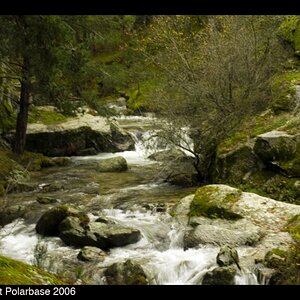
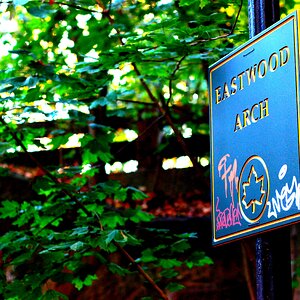
![[No title]](/data/xfmg/thumbnail/37/37629-fa70c9f81cc7da4d6a9b512502f9bf84.jpg?1619738155)
![[No title]](/data/xfmg/thumbnail/30/30996-79ed44b1137a7c3ab5b0a1146b111238.jpg?1619734559)
![[No title]](/data/xfmg/thumbnail/30/30993-7c6dca4375064e92f2ea6cbfabf9b59e.jpg?1619734556)
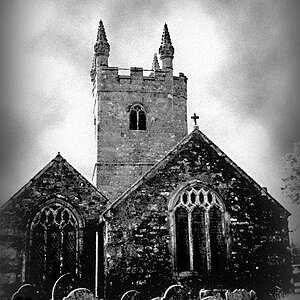
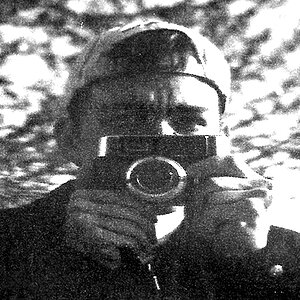


![[No title]](/data/xfmg/thumbnail/32/32941-f21147be61c00828a23d6ce011d840eb.jpg?1619735773)